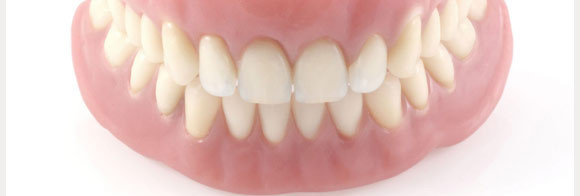Most children are told that sugary foods are bad for their teeth, but the exact negative impact of sugar on the teeth is rarely explained. That may be one reason why many adult patients are not clear as to the reasons why sugar leads to tooth decay. The fact is, it is not sugar itself but bacteria in the mouth which cause tooth decay and cavities. Every person has bacteria in their mouth, no matter how well they care for their mouths. Complete sterilization of the mouth is simply not possible.
These bacteria can multiply rapidly with bad oral hygiene, and this causes the bacteria to form colonies in the mouth. When this occurs, “dental plaque’ is the result. Plaque allows the bacteria to have a home in the mouth, and this can lead to cavities and decay. When a patient eats, the bacteria also eat, and the bacteria produce acids as they live and consume food. When plaque is present, the acid is held underneath the plaque, up against the tooth’s surface, allowing decay to occur.
When a patient eats sugar or sugary foods, the bacteria are able to produce more acid. Some acid is washed away by saliva and into the mouth, but the acid that remains against the enamel surface of a tooth over time will lead to decay. If plaque is present in the mouth, it will protect the acids and make it harder for the saliva to wash the acids away. This means that the acids are more likely to cause decay. If a patient eats a lot of sugary foods, then a higher level of acidity may be formed in the mouth. This, along with plaque, can lead to even more tooth decay.
It is not necessary to completely remove sugar from your diet to enjoy a beautiful smile. The trick is to reduce the amount of time dietary sugars remain in your mouth and to reduce the amount of sugar consumed. You can prevent cavities and enjoy a brighter smile by:
- Opting for artificial sweeteners over natural sugars. Bacteria do not produce as much acid with artificial sweeteners.
- Brushing and flossing or rinsing your mouthy after eating sugar or sugary foods. This will help your mouth flush away the acids produced by the bacteria. Remember: it’s not the acid produced by the bacteria that causes decay, but rather the acid that remains in the mouth that causes cavities.
- Don’t prolong your sugary snacks. If you want to eat cake or drink a sugary drink, do not spend hours at it. That gives the acid more time to spend in your mouth. Consume the sugar and then rinse or brush to get rid of the acid.
Get regular cleanings at your Santa Monica dentist’s office. Your dentist can remove plaque, which can make it easier for your mouth to get rid of acids effectively.









